Challenge your students to identify and match pairs of homophones with this differentiated Tarsia puzzle, perfect for your primary school vocabulary lessons.
A Homophones Tarsia Puzzle for Kids
Have you ever met a child who didn’t love solving puzzles?
Tarsia puzzles are a type of educational activity that are commonly used as an alternative to traditional revision worksheets. One of the many benefits of Tarsia puzzles is that they require students to actively engage with the subject matter while manipulating and connecting puzzle pieces. This hands-on approach to learning can help solidify students’ understanding and retention of content. The challenge of solving a puzzle can also provide an additional element of fun, potentially increasing students’ overall engagement with the lesson.
This differentiated Tarsia puzzle has been designed by our experienced team of teachers to consolidate your students’ understanding of common homophones. Students are required to cut out the triangular pieces, then solve the Tarsia puzzle by matching the pairs of homophones and pasting the pieces into the template provided.
Two differentiated versions of the Tarsia puzzle have been provided. Version 1 contains 16 triangular puzzle pieces with words placed on all three sides of each triangular piece. Version 2 also contains 16 triangular puzzle pieces; however, some puzzle pieces only contain one or two words (to make completing the puzzle a little easier).
To make it easier for teachers to identify the two differentiated versions (but not so obvious to the students!), a star system has been used. The harder version of the worksheet has two stars in the top right corner of the worksheet. The easier version has one star in this same position.
The pairs of homophones included in this resource are: plain/plane, heard/herd, he’ll/heal, ad/add, which/witch, too/two, hear/here, one/won, we’ll/wheel, wail/whale, made/maid, I/eye, sale/sail, road/rode, night/knight, red/read, pair/pear, great/grate.
Download the black-and-white PDF, or if you’d like to make any personal alterations to the resource, an editable Google Slides version is also available.
How to Use This Tarsia Puzzle in Your Classroom
Incorporating Tarsia puzzles into the classroom provides an interactive and enjoyable way for students to revise content while developing essential problem-solving skills.
Looking for more suggestions for how to use this Tarsia puzzle in your classroom? Check out some great ideas from our experienced teacher team!
- Introducing Homophones – Tarsia puzzles can be used as a means of introducing a new topic to your students. After explaining the concept, complete the puzzle together as a whole-class activity.
- Homophones Review Activity – Before a test or quiz, have students complete the Tarsia puzzle as a means of reviewing key concepts. This could be completed independently or with a partner.
- Collaborative Group Activity – Tarsia puzzles are a great way to promote collaboration among your students. Divide the class into groups and have them complete the puzzle together.
- Homework Activity – Tarsia puzzles can be assigned to students for homework to provide an engaging method of reviewing what they have learnt about homophones at home.
- Summative Assessment – Tarsia puzzles are so versatile they can even be used as an alternative form of assessment! Instead of using a traditional quiz, students can demonstrate their understanding by completing a puzzle related to the content being assessed.
Download and Use This Homophones Tarsia Puzzle
Use the dropdown menu next to the Download button above to access either the easy-print PDF or the Google Slides version of this resource. (Note: You will be prompted to make a copy of the Google Slides template before accessing it).
As this resource contains answer sheets, we recommended printing one copy of the resource, removing the answer pages, then making copies as required.
This resource was created by Kendall Britnell, a Teach Starter collaborator.
More Activities to Explore Homophones
Looking to liven up your lessons on homophones? Click below to explore more curriculum-aligned, teacher-created resources!
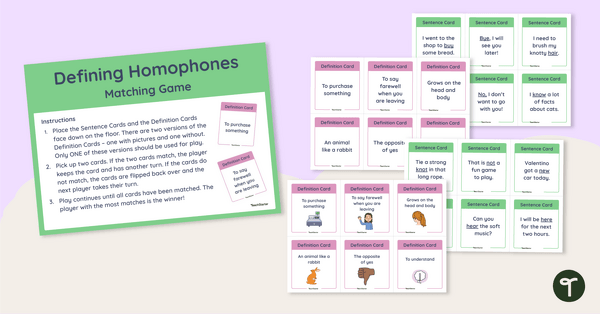
teaching resource
Defining Homophones Matching Game
Help your students become familiar with the meanings and spellings of common homophones with this set of 36 differentiated matching cards.
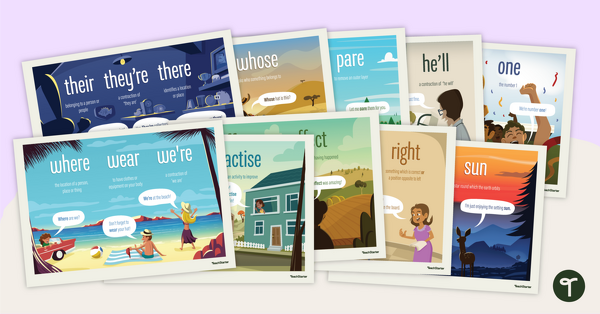
teaching resource
Homophones Poster Pack
Surround your students with examples of homophones with this set of 20 classroom posters.
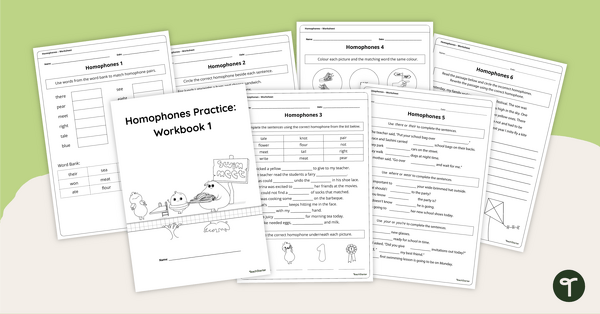
teaching resource
Homophones Practice Workbook 1
Strengthen your students’ ability to recognise homophones in context with this set of 6 worksheets with answers.
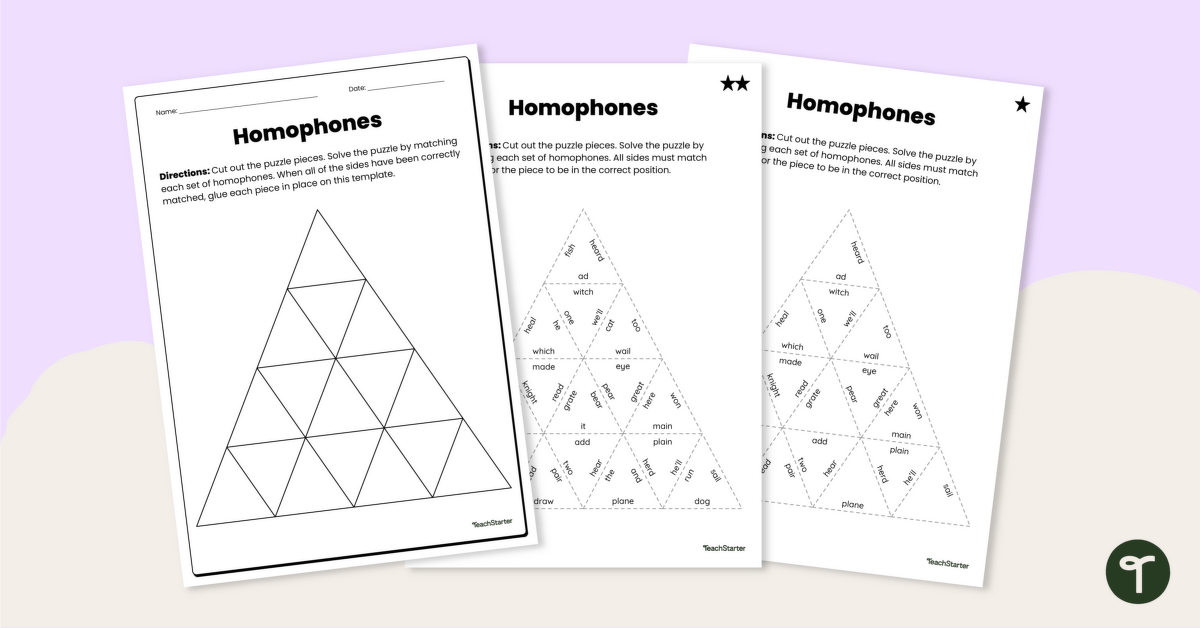


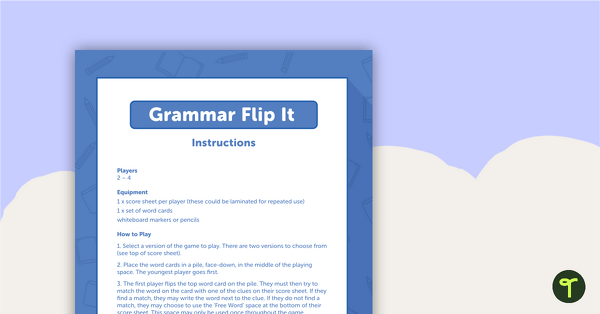
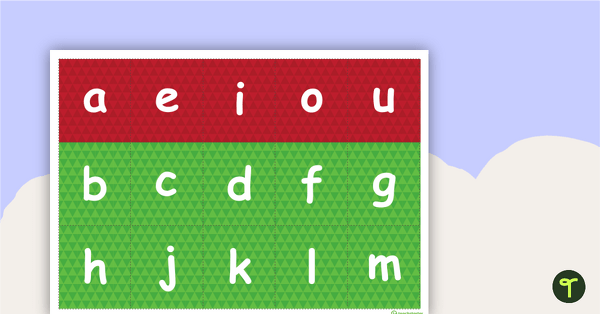
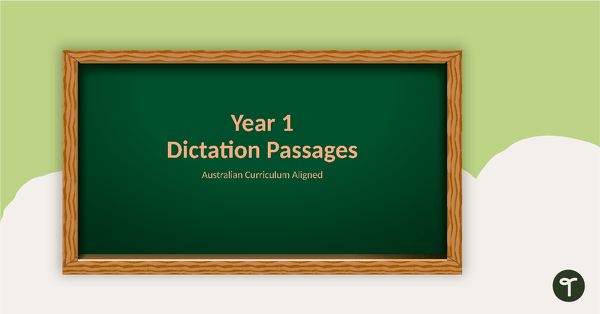
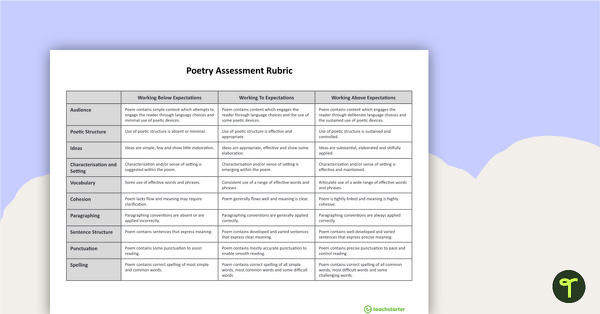
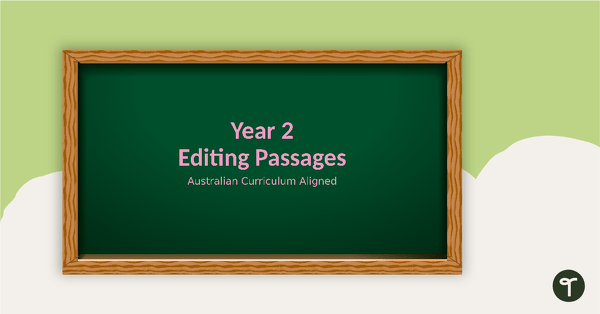
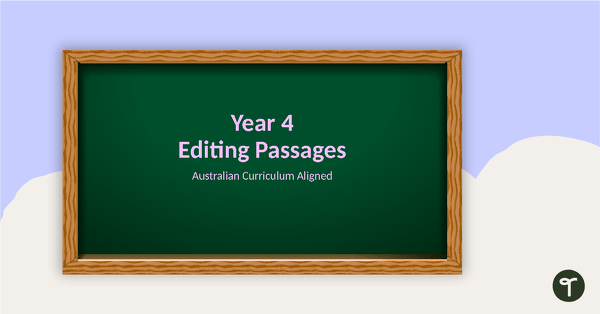

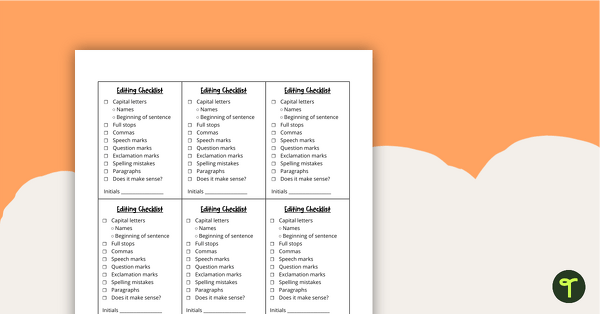
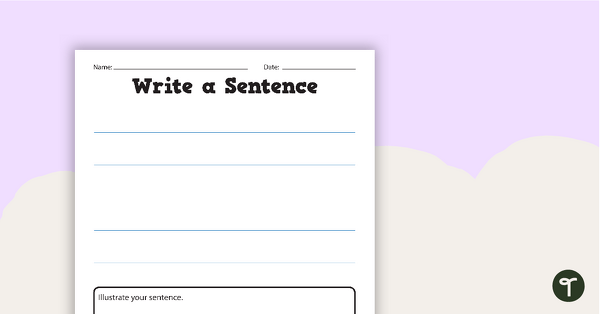
Hi, my class found two errors with this. Read/red are written as read/read and made/maid are written as made/main. They are correct on the answer sheets but not on the student sheets.
Hi Hermione, thanks for raising this. We've now corrected this on the student sheets :) If you need anything else, please don't hesitate to let me know! Thanks!